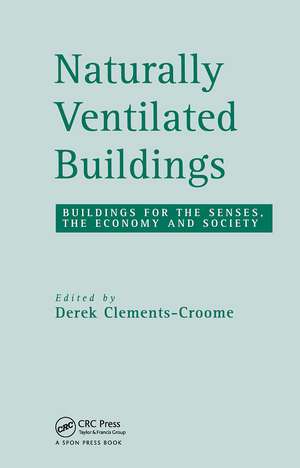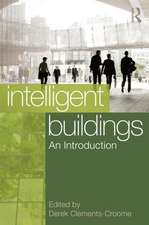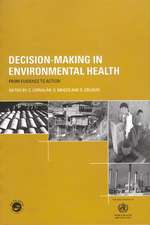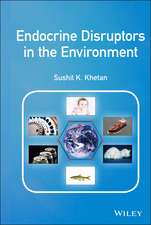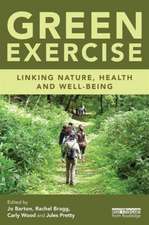Naturally Ventilated Buildings: Building for the senses, the economy and society
Editat de Derek Clements-Croomeen Limba Engleză Hardback – 12 iun 1997
| Toate formatele și edițiile | Preț | Express |
|---|---|---|
| Paperback (1) | 486.16 lei 6-8 săpt. | |
| CRC Press – 5 sep 2019 | 486.16 lei 6-8 săpt. | |
| Hardback (1) | 1323.06 lei 6-8 săpt. | |
| CRC Press – 12 iun 1997 | 1323.06 lei 6-8 săpt. |
Preț: 1323.06 lei
Preț vechi: 1613.49 lei
-18% Nou
Puncte Express: 1985
Preț estimativ în valută:
253.17€ • 264.87$ • 210.31£
253.17€ • 264.87$ • 210.31£
Carte tipărită la comandă
Livrare economică 02-16 aprilie
Preluare comenzi: 021 569.72.76
Specificații
ISBN-13: 9780419215202
ISBN-10: 0419215204
Pagini: 200
Dimensiuni: 156 x 234 x 13 mm
Greutate: 0.34 kg
Ediția:1
Editura: CRC Press
Colecția Routledge
ISBN-10: 0419215204
Pagini: 200
Dimensiuni: 156 x 234 x 13 mm
Greutate: 0.34 kg
Ediția:1
Editura: CRC Press
Colecția Routledge
Public țintă
Professional Practice & DevelopmentCuprins
Foreword. Preface. The sense of beauty. From homogeneity to heterogeneity. Specifying environmental conditions for naturally ventilated buildings. The user's role in environmental control: some reflections on theory in practice. Environmental criteria for naturally ventilated buildings. Against the draft CEN standard: pr ENV 1752. An adaptive approach to thermal comfort criteria. Natural ventilation: prediction, measurement and design reality. Specifying environmental conditions for naturally ventilated buildings. Natural ventilation in a large mixed mode building. Illustration acknowledgements. Index.
Descriere
While there are many historical examples of successful naturally ventilated buildings, standards for indoor climate have tended to emphasise active, mechanical airflow systems rather than passive natural systems. Despite its importance, knowledge
